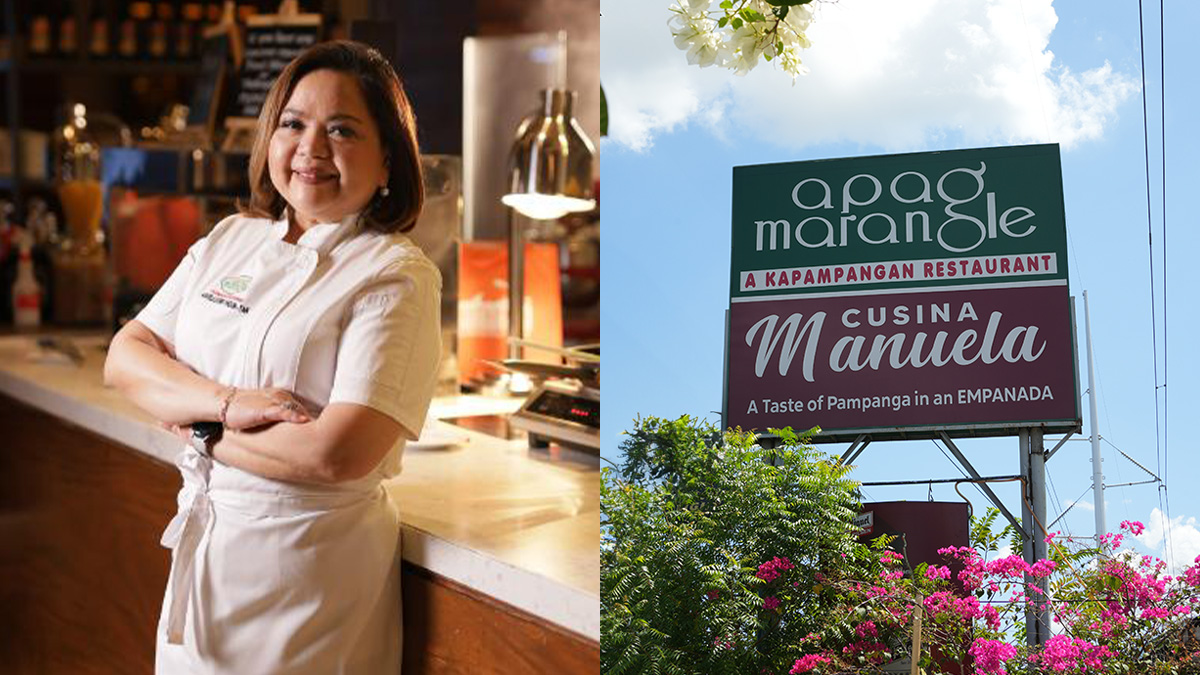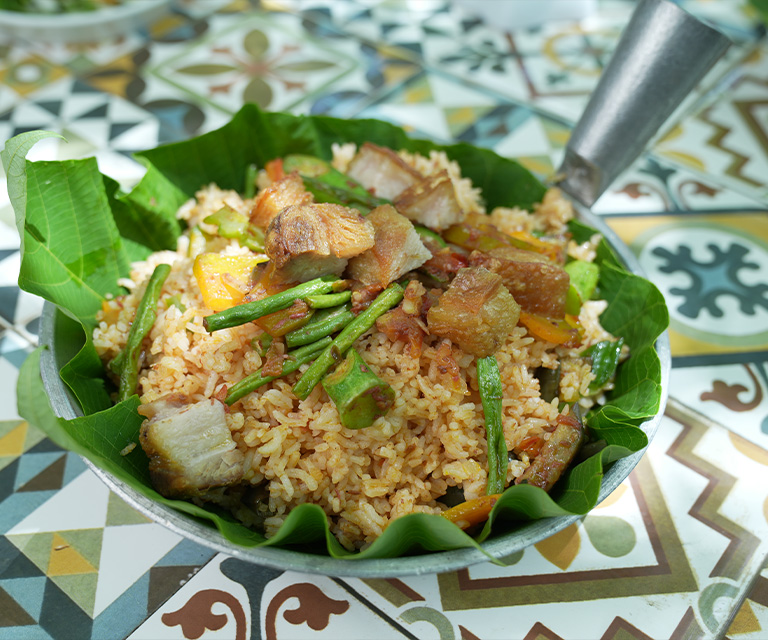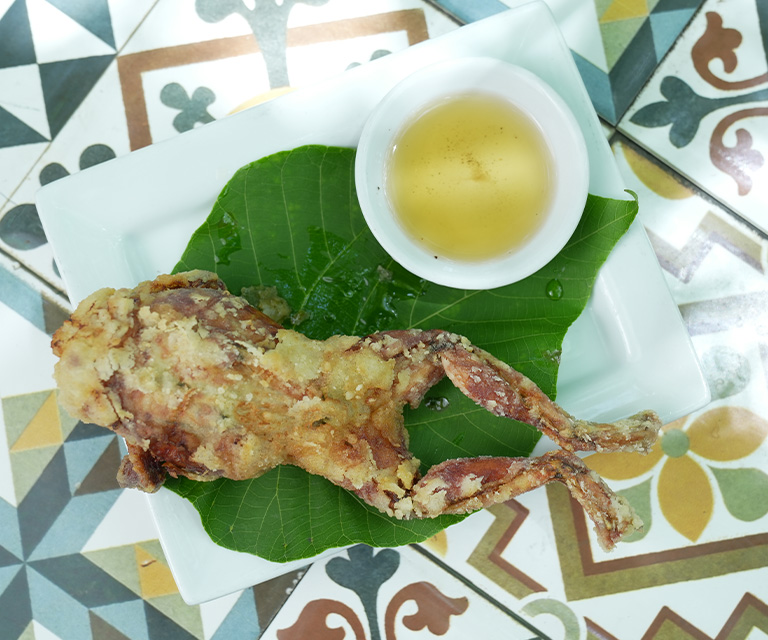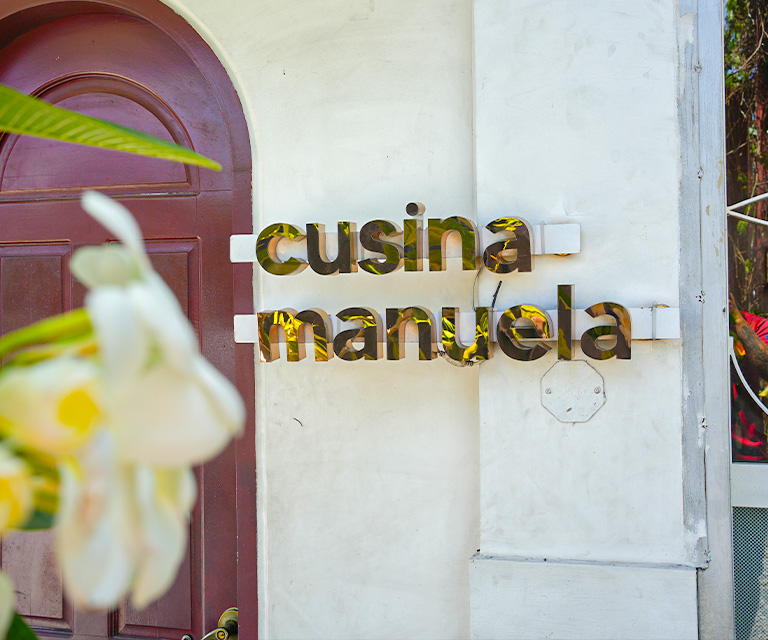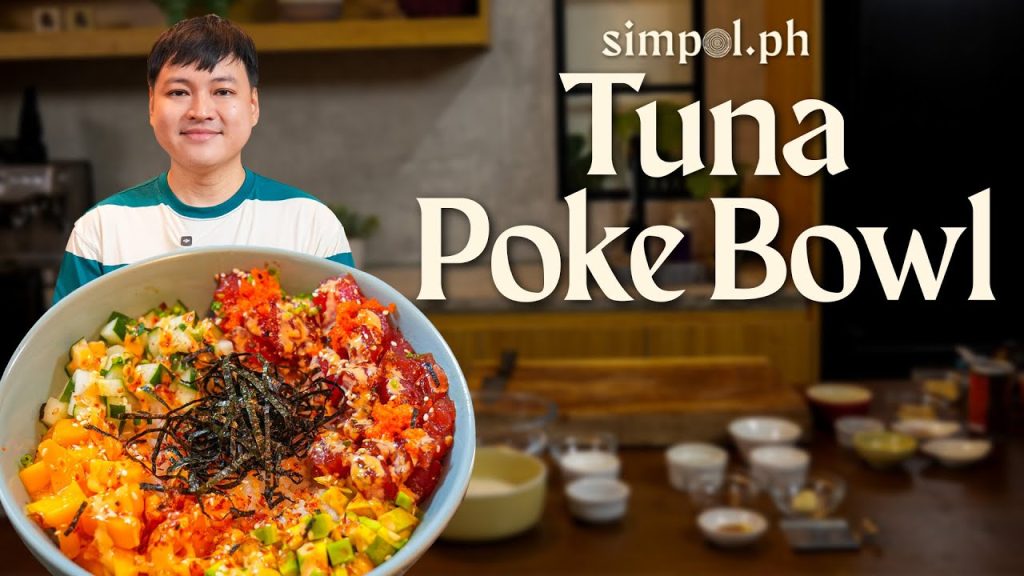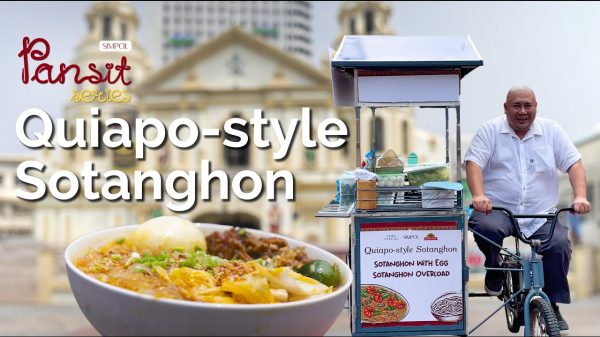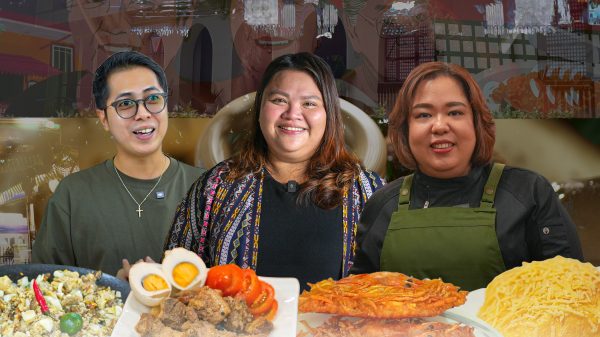Before she became a celebrated name in Pampanga’s food scene, Cherry Pasion-Tan led high-performing sales teams in the pharmaceutical industry. There were milestones and promotions, flights and figures. Yet something quieter tugged at her heart.
“I realized I was missing out on time with my children,” she recalls.
Seventeen years ago, she stepped away. In the stillness that followed, she returned to a love that never left—cooking. From that turning point grew Apag Marangle, now one of Pampanga’s most beloved dining destinations, and later Cusina Manuela, the pandemic-born café and bakery that surprised even Cherry with its bestselling drink: tsokolating batirol.
Both brands tell one story—the courage to choose family, the discipline to honor tradition, and the generosity to share it.
A Kitchen Lit by Memory
Cherry’s clearest memory goes back to when she was nine. Her mother, weakened by illness, sat nearby as Cherry nervously cooked her first dish.
“Taste it first,” her mother whispered. “Then season it with your heart.”
The scent of garlic and simmering broth filled the kitchen. When her mother smiled after the first spoonful, Cherry felt the joy of feeding not just bodies but souls.
In Pampanga, food is more than nourishment. It is identity, pride, and love. As locals say, “Manyaman la batal deng Kapampangan”—Kapampangans are born with good taste. Compliments at the table are earned. That instinct for balance and patience became the foundation of her life’s work.
Why Apag Marangle
Apag means “to set the table”; marangle means “in the farm.” The name is literal and true: the restaurant sits amid fields, surrounded by produce that ends up on the plate. Bamboo huts ringed by rice paddies become dining rooms, and meals arrive on banana leaves—an invitation to linger and share.
“Wala akong formal training,” Cherry says. “Ang alam ko ay lutong Kapampangan, lutong bahay.” She built the menu from flavors she grew up with—recipes from her aunts, neighbors, and friends.
At first, serving Kapampangan food to Kapampangans felt daunting. “Alam nila kung ano ang tamang lasa,” she laughs. Seventeen years on, that challenge became her quiet triumph.
Apag Marangle’s bestsellers reflect both the everyday and the brave: suam na mais slowly made from grated native white corn; buro with mustasa and steamed vegetables; inihaw na hito eaten with sawsawan of boiled sampalok and bagoong; and the heritage delicacies that test a diner’s nerve—betute tugak (stuffed frogs) and adobong camaru (sautéed mole crickets).
“Kung walang restaurant na tatayo at maninindigan na mag-serve ng Kapampangan food sa mga Kapampangan, mawawala,” she says. “Gusto namin, maalala ng next generation kung saan nanggaling ang pagkain.”
What “Authentic” Really Means
Cherry resists the idea that authenticity can be boxed. “Hindi mo talaga makakahon ang authenticity sa isang produkto,” she explains. “What is authentic to me may not be authentic to you.”
For her, authenticity is the flavor you were raised on—kinagisnan, kinamulatan. Even within Pampanga, an asado matuain one town can taste different from the next. Both are “authentic” because both are true to their place.
She preserves authenticity through practice, not slogans. “When we say sinigang, we still use sampalok, bayabas, or kamyas—not powder,” she says. “Sa kare-kare, pinapakuluan nang matagal, may sabaw, saka isinasamang luto ang gulay.”
She speaks of pagsasangkutsa—the Kapampangan habit of pre-cooking to deepen flavor. “Mahilig kami magsangkutsa,” she smiles. “Sa adobo, papakuluan muna sa suka, bawang, paminta bago igisa.”
Even sisig tells the story: boiled for tenderness, grilled for smoke, then sautéed sizzling in fat. Layer upon layer, method upon method. “Kaya mas masarap kinabukasan ng fiesta,” she adds. “Pag nire-reheat mo, may ibang flavor pa lumalabas.” Patience, made delicious.
Community as Purpose
“These restaurants are my life,” Cherry says simply. With her children grown—Maria Celina with TikTok Southeast Asia, Milan Paolo with Pfizer, and Mirzi Coleen in training and HR—her focus is now on Apag Marangle and Kusina Manuela.
Today, Apag Marangle employs about 30 people. “Isipin mo, bawat isa may pamilya,” she says. “Every move we make, inuuna namin kung ano ang makakabuti sa kanila.” Growth, for Cherry, is measured by how many families can stay together because of local work.
“It gave me purpose,” she says. “It’s the reason I wake up every morning.”
Her circle of care extends to small producers—home-based pasalubong makers and artisans. She samples their products, gives feedback, and carries them in her stores. “Leave it to them kung iyon ang specialty nila. We support them by getting from them.”
And service, she insists, is where everything begins. “Let’s give 101%,” she tells her team. “Yung 1%—iyon ang dahilan para hindi mapigilan ng customers na ikuwento tayo.”
Reviews echo that ethos: magalang, maasikaso, malinis, masarap. The best marketing, she says, is still word of mouth.
Cusina Manuela: A Pandemic Child
When lockdowns closed dining rooms, Cherry moved from the farm back to her own kitchen. Thus Cusina Manuela—named after her given name, Manuela—was born.
It began with empanadas, “a taste of Pampanga in an empanada.” The fillings are love letters to home: sisig, humba, and pisto—an egg-forward torta that becomes a full meal. Even ham-and-cheese is elevated with premium Quiapo ham.
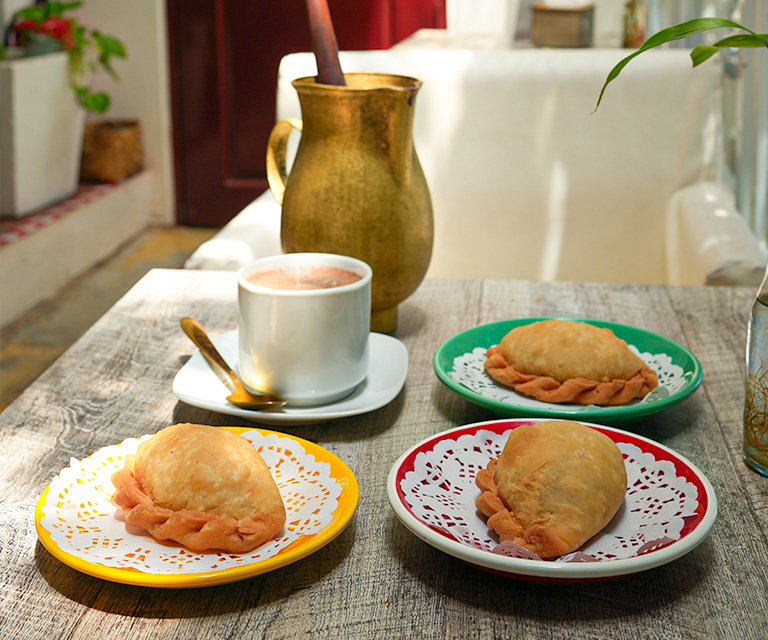
The café’s signature sweet is its premium leche flan—made from carabao’s milk, duck eggs, and citrus zest—rich, silky, unmistakably Kapampangan. Then came the surprise hit: tsokolating batirol. They blend it from scratch, and it quickly surpassed coffee.
While Apag Marangle holds the line for heritage, Cusina Manuela keeps the door open for new audiences. “It’s our way to share Kapampangan flavors beyond Pampanga,” Cherry says.
Inviting the Next Generation
Some heritage dishes can intimidate younger diners. Cherry bridges the gap with creativity: “Gusto kong bumalik sila sa adobong palaka at tinolang palaka, pero unti-unti.”
She reintroduces frogs like chicken wings—salted-egg, buffalo, honey-soy, garlic-parmesan. For camaru, she borrows from Korean spice trends: chili-garlic camaru served like popcorn. Curiosity first, memory next.
Food as Cultural Memory
Pampanga doesn’t rely on beaches or grand landmarks. “Our tourism really is on food,” Cherry says. “Ang pagkain walang kuwento, walang kuwenta.”
A bowl of suam na mais becomes a story: native white corn from Arayat, grated by hand—not scraped—to make it creamy. “It was our everyday ulam,” she says. “Now it’s our bestseller.” Stories give dishes meaning; they turn a meal into remembrance.
In 2019, Apag Marangle represented Pampanga at the Southeast Asian Games in Clark—proof that flavors born in provincial kitchens can travel far without losing soul.
The road hasn’t been easy—economic shifts, a pandemic, the pressure to modernize—but she endures. “Failure isn’t the end,” she says. “It’s a chance to become better, wiser, stronger.”
The Legacy She Hopes to Leave
“Apag Marangle is an authentic Kapampangan restaurant—quality food, authentic Kapampangan warmth,” Cherry says. For Cusina Manuela, she envisions continued growth: “to serve quality all-day breakfasts and share our empanadas and tsokolating batirol with more people.”
Most of all, she hopes guests feel something stir. It happens often—someone takes a spoonful of suam na mais and whispers, ‘Ito ang luto ng lola ko.’
A dish becomes a doorway. Step through, and someone you love is waiting at the table.
“I hope to be remembered not just as someone who served food,” Cherry says softly, “but as someone who preserved a culture—and inspired others to dream.”
Discover more about Pampanga:
From Retaso to Runway: How Pampanga’s Philip Torres Stitched a Legacy of Style and Sustainability
The Hands That Feed the Soul: The Culinary Heritage of Pampanga


